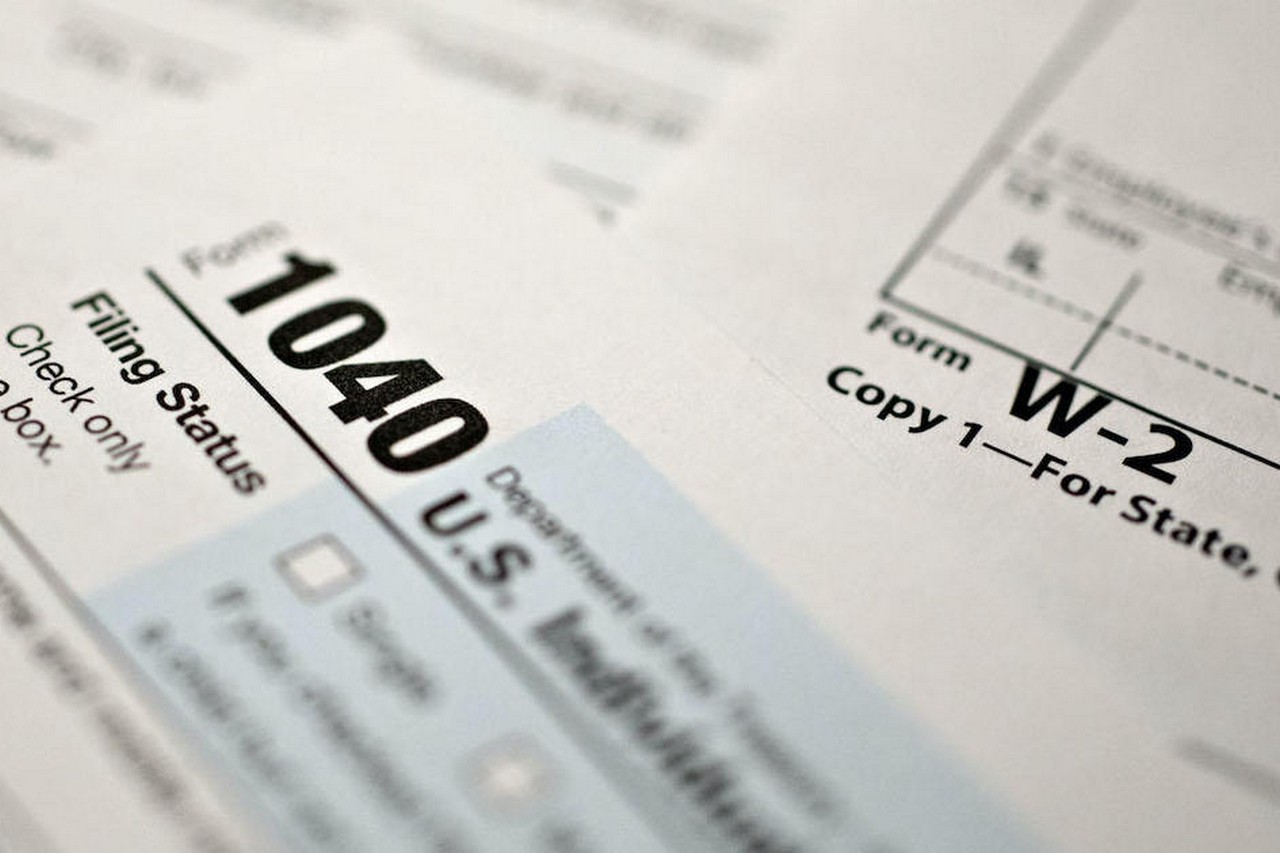Annually, the internal revenue service changes lots of stipulations to represent the influence of rising cost of living, varying from private tax obligation braces to just how much you can conserve in your private retired life account, or individual retirement account. With rising cost of living running near a 40-year high, specialists claim some significant adjustments are most likely to be in shop for taxpayers.
The internal revenue service makes these adjustments to prevent “brace creep” from the increasing price of living, kept in mind American Venture Institute’s Kyle Pomerleau, a specialist on tax obligations. Without such changes, employees that obtained pay rises to stay on par with rising cost of living would certainly be run into greater tax obligation braces, although their requirement of living stayed the very same.
This year, taxpayers can see a few of the greatest adjustments in years as a result of the best rising cost of living considering that the very early 1980s, tax obligation specialists claim. While the internal revenue service will likely formally introduce these adjustments in October or November, the tax obligation company depends on a formula, based upon rising cost of living information, for computing the brand-new tax obligation braces and various other restrictions. Based upon that formula, Pomerleau projections that lots of tax obligation stipulations will certainly be readjusted upwards by concerning 7%.
” This is something taxpayers can make use of to prepare their tax obligations over the following year,” Pomerleau kept in mind. “So, following year taxpayers are mosting likely to establish their withholding, organizations will certainly make financial investment choices, which will certainly depend upon just how much tax obligation they need to pay.”
Some taxpayers will certainly be relying upon the brand-new inflation-adjusted stipulations to make adjustments in the following a number of weeks, nonetheless. For example, individuals that make use of adaptable costs accounts to deposit cash for clinical expenditures will certainly require to make those choices for 2023 in October or November of this year throughout open registration.
Taxpayers will certainly likewise likely see a greater common reduction in 2023, which can aid decrease their tax obligations. The common reduction is a quantity that taxpayers can make use of to minimize their gross income, so an increase to this arrangement can alternatively decrease the quantity of revenue made by an employee that will certainly undergo tax obligation following year.
Employees must likewise think about whether they must spend extra in their individual retirement account or 401( k) accounts, considered that it’s most likely the internal revenue service will certainly likewise make the payment restricts extra charitable to show this year’s rising cost of living, kept in mind Eric Bronnenkant, head of tax obligation at economic company Improvement.
” The individual retirement account limit currently is $6,000, so a great deal of individuals have it established so they place in $500 monthly, and if they aren’t considering it and right here’s a boost and they do not readjust up, they can be losing out on a retirement advantage,” he kept in mind.
Brand-new tax obligation braces for 2023
Tax obligation braces establish the tax obligation price you’ll pay on each section of your revenue.
For example, take a solitary employee whose gross income this year is $40,000. They’ll pay 10% of tax obligation on the initial $10,275, and after that 12% on their profits in between $10,276 and $40,000.
In 2023, when Pomerleau approximates that tax obligation stipulations will certainly go up concerning 7% per brace, that very same employee would certainly pay tax obligations of 10% on the initial $11,000 of their profits, and after that 12% tax obligation past that.
Greater restrictions for FSAs, Individual Retirement Accounts
The internal revenue service is likewise most likely to increase the restrictions for adaptable costs accounts (FSA) and individual retirement account payment restrictions, Pomerleau claimed.
According to his estimations, the brand-new restriction for adaptable costs accounts will certainly be $3,050, or a boost of 7% from the present year’s leading limit of $2,850.
FSAs enable employees to place up to that restriction in an account that can be made use of to spend for clinical expenditures. Since the cash is drawn from their accounts on a pre-tax basis, it uses tax obligation financial savings for lots of employees.
The brand-new individual retirement account restriction is most likely to be $6,500 for 2023, Pomerleau claimed. That’s a boost of concerning 8% from the 2022 restriction of $6,000.
” This is most likely to be the one-time you’ll see a bump this huge,” Pomerleau claimed of his projections. “If rising cost of living begins reducing, which I assume that will certainly take place, we’ll return to extra small yearly changes every year. This might wind up being a single point.”
Greater common reduction
The common reduction is likewise most likely to be enhanced, Pomerleau claimed. In 2022, that reduction for solitary taxpayers is $12,950, however he approximates that will certainly climb to $13,850 in 2023.
Couples that submit joint income tax return have a 2022 common reduction of $25,900, however that can enhance to $27,700 following year. On the other hand, head-of-household filers can see their common reduction surge from $19,400 this year to around $20,800 in 2023, Pomerleau claimed.
